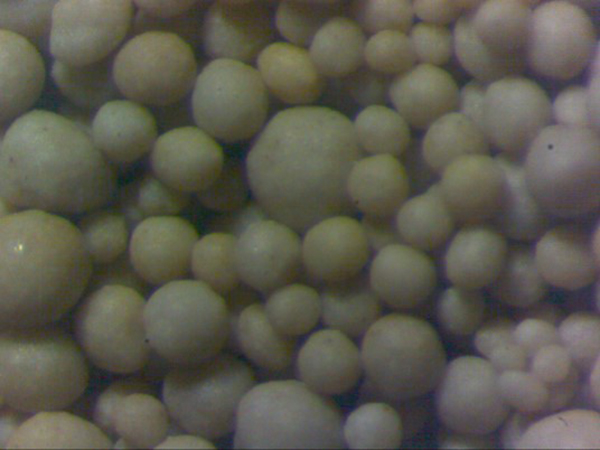Understanding Foundry Sand Key Material in Metal Casting
Foundry sand, primarily used in metal casting processes, plays a vital role in the manufacturing sector, particularly in producing metal components for a range of industries, from automotive to aerospace. This fine aggregate material, often composed of silica, is crucial due to its excellent thermal properties and its ability to withstand high temperatures without breaking down or losing its shape.
One of the most notable characteristics of foundry sand is its thermal stability, which allows it to maintain structural integrity under intense heat during the casting process. When molten metal is poured into sand molds, the sand must not only hold its shape but also absorb heat without degrading. Silica sand, being the predominant ingredient, is especially favored for its high melting point and durability. Additionally, its unique grain shape and size distribution contribute to the desired surface finish of the casted product.
Understanding Foundry Sand Key Material in Metal Casting
In the foundry industry, the molding process typically involves creating a mold using foundry sand mixed with a binding agent, such as clay. This mixture is then compacted around a pattern to create a negative impression of the desired component. Once the pattern is removed, the remaining sand mold is ready to receive molten metal. This method allows for complex shapes to be formed accurately, leading to a finished product that meets stringent specifications.
foundry sand pdf

Moreover, the choice of foundry sand can significantly influence the quality of the final cast. Characteristics such as grain size, shape, and surface texture can affect the surface finish of the cast products. For instance, fine sand often produces a smoother finish, which is advantageous for parts that require precision. Conversely, coarser sands can be used for larger, heavier castings that do not require the same level of detail.
Another important aspect of foundry sand is its role in controlling casting defects. Appropriate sand composition and quality can help reduce issues such as gas porosity and sand inclusions. Manufacturers increasingly rely on technological advancements to monitor and optimize sand properties during the casting process. This attention to detail not only enhances product quality but also minimizes waste and rework, which can significantly impact production efficiency and costs.
While foundry sand plays an essential role in the production of metal castings, its environmental impact must also be considered. The responsible management of foundry sand, especially with the increased focus on sustainability, is essential. Efforts are being made to ensure that this material is sourced and used in a way that aligns with environmental regulations and best practices.
In conclusion, foundry sand is a critical material in the metal casting process, ensuring the production of high-quality components across various industries. Its properties allow it to withstand high temperatures and form precise molds necessary for casting. The ability to recycle spent foundry sand further enhances its value as an eco-friendly material in manufacturing. As technology continues to advance, the foundry industry will likely see improvements in sand quality and usage, paving the way for more sustainable and efficient production methods. Understanding the significance of foundry sand helps foster innovation and sustainability within the metal casting landscape.
Post time:ธ.ค. . 03, 2024 20:34
Next:Understanding the Density of Foundry Sand in Industrial Applications and Processes
